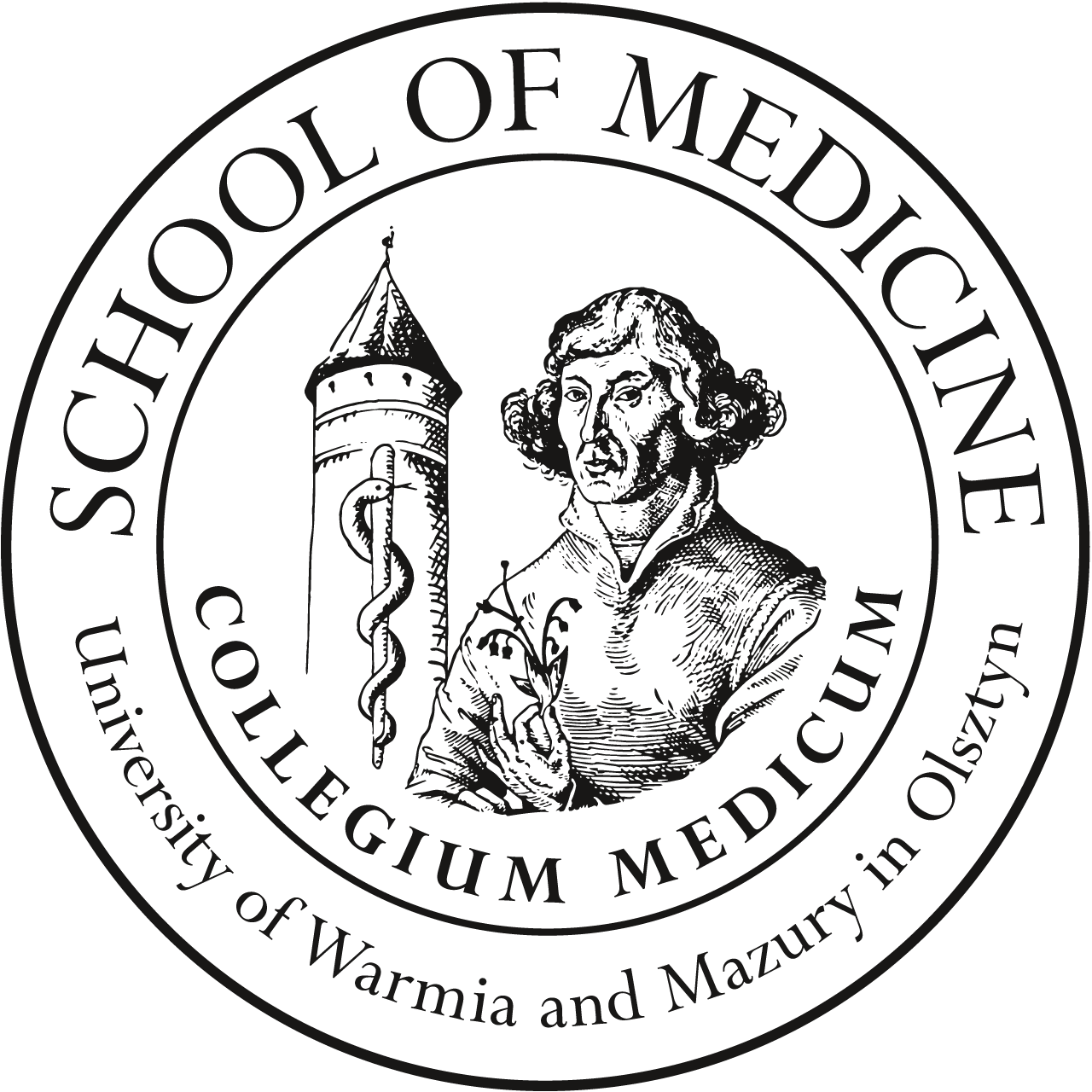LEARNING MATERIALS
Subjects of Microbiology seminars
1. Prions and prion diseases.
2. Bacteriophages.
3. Role of viruses in carcinogenesis.
4. Zika virus.
5. Zoonoses and anthropozoonoses.
6. Selected respiratory system diseases.
7. Selected diseases of urinal and reproductive system.
8. Selected digestive system diseases.
9. Selected diseases of the nervous system.
10.Hemorrhagic fevers.
11.Selected skin and wound diseases.
Subjects of Microbiology classes (virology part)
1. Detection of HSV 1, CMV viruses by PCR method (part I)
Introduction of laboratory classes rules
DNA isolation (SWAB protocol)
Polymerase Chain Reaction (PCR) - principles, procedure, application and variations of PCR
Human Herpesviruses – general characteristics, pathogenesis and epidemiology
2. Detection of HSV 1, CMV viruses by PCR method (part II)
Human Herpesviruses – general characteristics, pathogenesis and epidemiology including HSV-1, HSV-2, CMV, EBV, VZV, HHV-6, HHV-7, Kaposi sarcoma associated virus
Electrophoresis of PCR products (principles, procedure)
Visualization of PCR products after electrophoresis and analysis of the results
3. Basics of virology - from diagnostics to prophylaxis
Presenting the following topics by students:
Ist subject: Basics of virology. Laboratory diagnosis of viral infections.
IInd subject: Viral gastrointestinal infections.
IIIrd subject: Viral congenital infections.
IVth subject: Immunoprophylaxis of viral infections
LABORATORY CLASSES (Bacteriology part)
Introduction to Diagnostic Microbiology
Lab rules and equipment of the microbiology lab. Parts of the compound microscope and microscopy principles. The importance of microbiological preparation in diagnostic microbiology: dry mount technique and immersion oil microscopy, basic principles of staining: a simple and a differential stain.
Bacterial cultivations
Types of bacteriological media and principles of bacterial cultures. The growth of bacteria on liquid and solid culture media. Principles of the Streak-Plate Technique. Criteria for rejection of specimens. Storage of specimens. Methods of specimens collection: blood, cerebrospinal fluid, sputum, wounds, urine, stool. Isolation of bacteria from throat and skin. Collection and transportation of clinical specimens.
Microbiological diagnostic of Streptococcus and Staphylococcus
Cultures on differential and selective media. Principles of biochemical, serological and genetic identification. Physiological analysis of the colonies – coagulase and catalase test.
Microbiological diagnostic of gram-negative rods
Urinary Tract Infections - the cultures on selective and differential media. The principles of biochemical identification of bacteria.
The influence of physical and chemical factors on bacteria
Decontamination methods: disinfection, sterilization, antysepsis and asepsis. Hand washing and disinfection – microbiological monitoring. Environmental monitoring of microbial flora
Anaerobic microorganisms
The cultures on selective and differentia media. The principles of biochemical, serological and molecular identification. Identification of bacteria from the teeth.
General principles of antibiotic therapy
Mechanisms of antimicrobial resistance in bacteria. Antibiotics susceptibility testing methods: Agar Disk Diffusion Technique, E-test.


